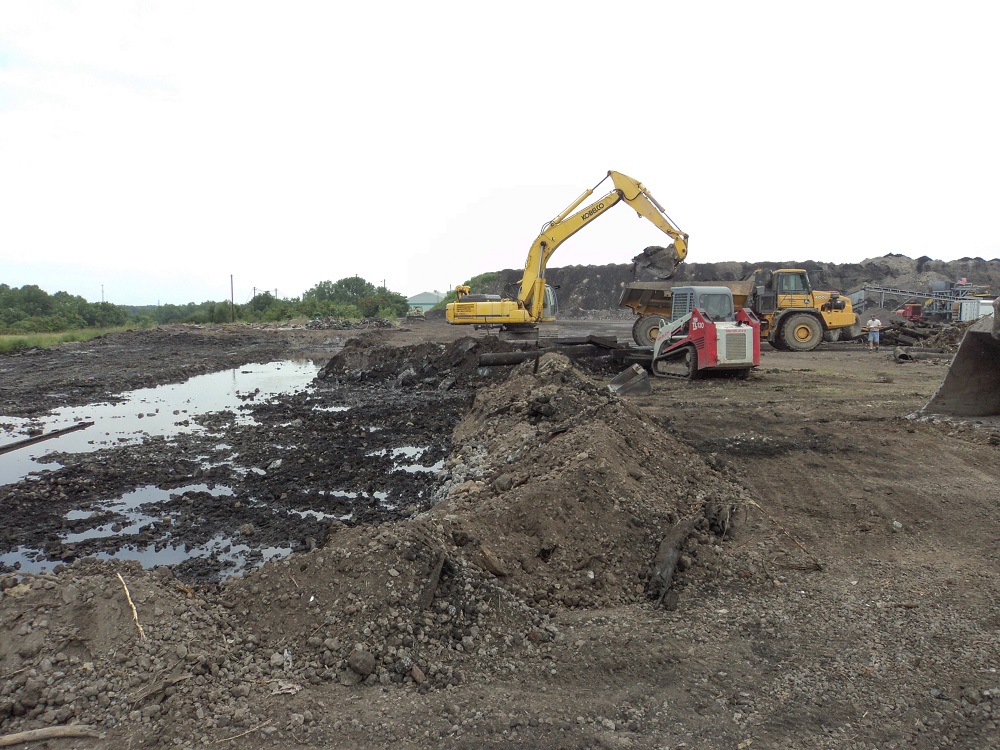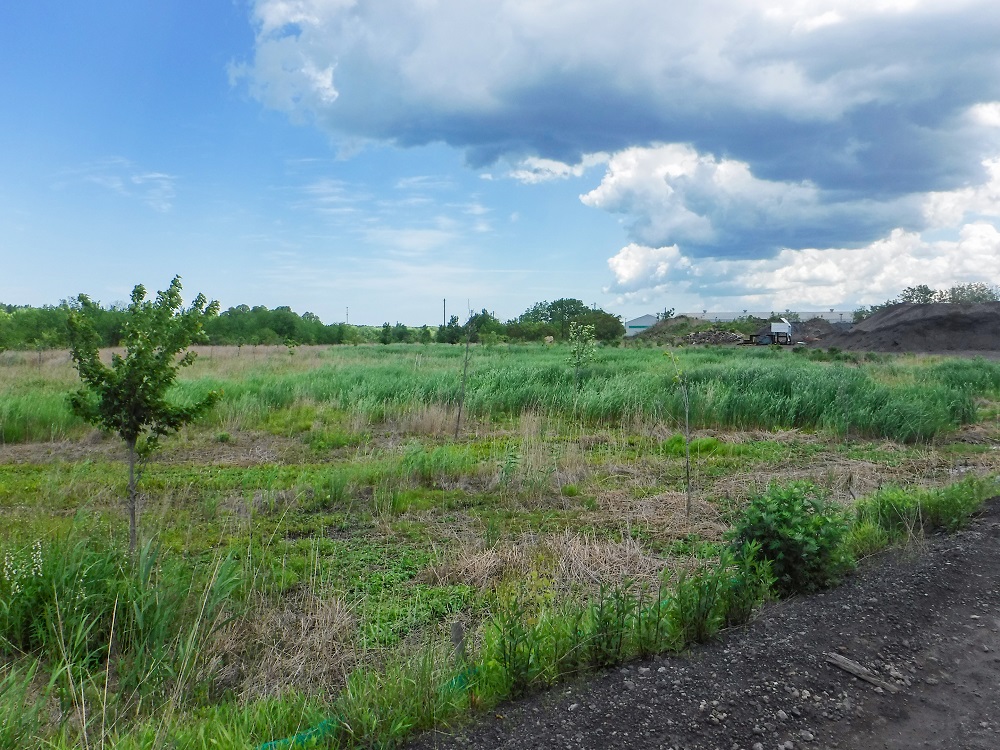Bioremediation System Removal and Riparian Wetland Habitat Restoration on the Black River


Since its founding in the early 1800s, the City of Lorain has been developed on the basis of shipping and industry, primarily steel and auto manufacturing. Over 80 percent of the total land along the waterfront in Lorain is industrial. Today, most of the steel companies on the Black River have closed their doors, taking with them desperately needed jobs and leaving behind a legacy of environmental issues. The City has acquired much of this former steel manufacturing property and faces the daunting task of solving the economic and environmental challenges within the Black River corridor.
Coldwater assisted the City of Lorain in obtaining a $340,000 grant from the U.S. Fish and Wildlife Service, provided through the Great Lakes Restoration Initiative, to fund this remediation and restoration project. The goals of the project were to remove a deteriorating bioremediation system that was constructed by Kobe Steel, to excavate other steel processing byproducts that had been placed on the site, and to restore the area to native riparian habitat. The bioremediation system was designed to treat steel slag that had been contaminated with hydrocarbons from leaking underground storage tanks. The City acquired the bioremediation system along with the property. Sampling results indicated the presence of elevated levels of petroleum hydrocarbons within the bioremediation cells. Over 2,700 tons of contaminated material was removed and hauled to an approved landfill. The underlying steel slag was stockpiled on-site for recycling by a brokerage company that is operating on the site.
Following the removal of fill materials, a riparian bio-filter buffer was created along the Black River. Clean topsoil was placed over the 2.7-acre area along with native seed and mulch. Over 450 native trees, 1,070 native shrubs, and 1,300 native herbaceous plants were installed within the restoration area. This bio-filter buffer serves to store and treat surface runoff from adjacent industrial areas prior to entering the Black River.
Planning
Biological Assessments
Technical Reviews
Construction Oversight
Monitoring
Vegetation Management
Grant Administration
Public Outreach